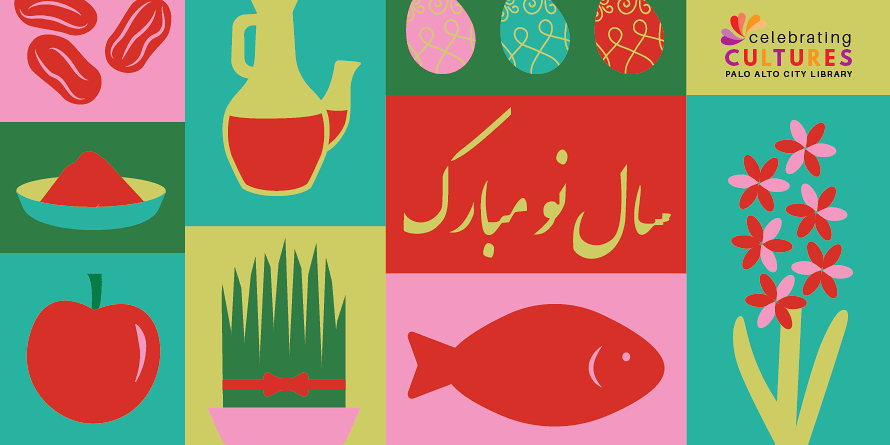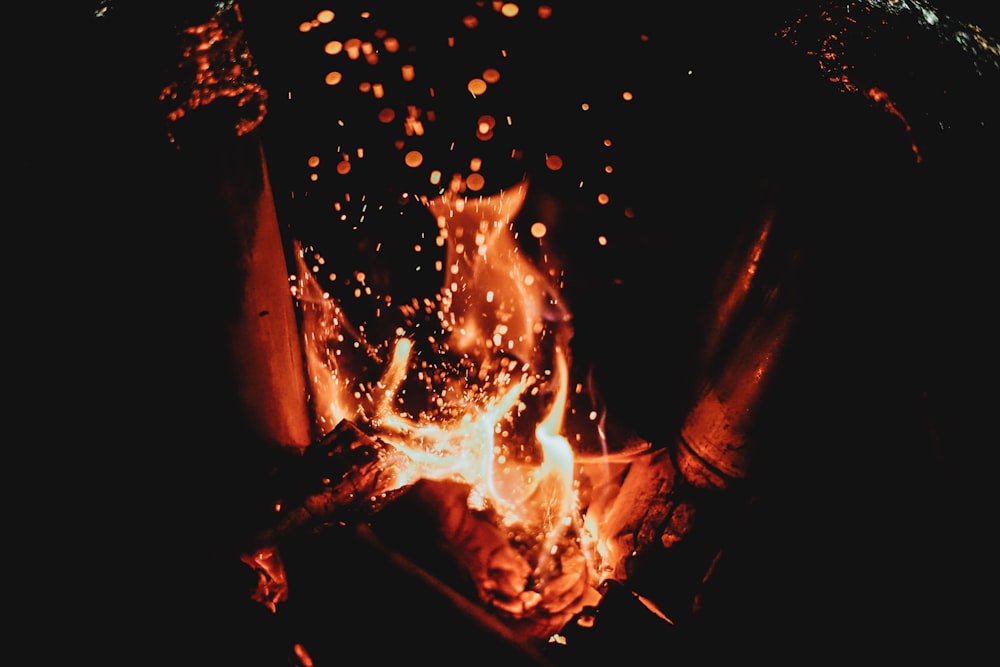When is Nowruz?
Nowruz, “new day”, is a new year celebration beginning at the exact moment of Spring Equinox, celebrating the arrival of spring over darkness. Spring Equinox occurs when the sun crosses the celestial equator going South to North. After this passage, many places in the northern hemisphere will experience more daylight than darkness. Nowruz is celebrated at the exact time that the sun crosses the equator, therefore the day and time of each new year varies. The first day of spring can fall on March 19, 20, 21 and the exact time fluctuates about 6 hours every year due to the earth’s revolution around the sun. This year’s Nowruz falls on March 19 at 8:06 pm PST.
Where is Nowruz celebrated?
Nowruz is one of the most important holidays in Iran and is celebrated as an official holiday in a great swath of near east Asia including, Afghanistan, Albania, Azerbaijan, Georgia, Iraq, Kurdistan, Kazakhstan, Kosovo, Kyrgyzstan, Mongolia’s Bayan-Ölgii province, Tajikistan, Turkmenistan, and Uzbekistan. It is celebrated worldwide by the Iranian diaspora.
Celebrate With Us
Celebrate the arrival of spring and welcome a new year with new beginnings this Nowruz! Join Palo Alto City Library for a fun-filled Nowruz event, opens a new window on Saturday, March 9 from 2:00–4:00 p.m. at the Mitchell Park Community Center
Enjoy performances by:
- Shadan Dance Group: Shadan has been teaching Persian dance locally for 11 years. She shares both classical as well as folk styles with her students in Palo Alto, Menlo Park and Atherton. She will resume teaching children’s Persian dance classes in Palo Alto starting in April 2024.
- Mo Ebrahimi, Persian Musician
-
Yaaran Daf Group: Yaaran Group was established 10 years ago based on a common interest to play Daf. Yaaran Group wants to keep and showcase Persian culture.
- Beshkan Dance Academy, opens a new window: Razieh and Sharareh established Beshkan Dance Academy with the goal of expressing splendid Persian culture, through the art of Persian Dance, to the Bay Area and communities beyond.

Books about Nowruz, Springtime, and Persian Culture
- Nowruz a Celebration of Spring!, opens a new window
- Know Iran through Graphic Novels, opens a new window
- Iran and Iranian American Authors, opens a new window
- Persians, opens a new window
- Persian Cooking, opens a new window
Preparing Your Home
“Khane-takooni”, literally shaking the house, is the custom of spring cleaning which is a tenet of most traditional cultures. Cleansing the house and environs after a cold winter signals a fresh start and renewal.
- Check out some great books on Cleaning and Getting Organized, opens a new window
- Places to Donate Items You No Longer Need:
- Goodwill of Silicon Valley: Clothes, Household Items, Misc.
- Friends of the Palo Alto Library: Books, Movies, Puzzles, Games
- Hope Services: Clothes, Household Items, etc.
Preparing Yourself
“Chaharshanbe suri”, literally festive Wednesday, is celebrated the Wednesday before Nowruz. It is a fire jumping ritual to rid oneself from any negative energy accumulated over the past year. The celebration usually begins at dusk and commences with firecrackers and sparklers. Small bonfires are lit, and as one jumps over the flame one says: “My yellow pallor to you, your red power to me”.
As the new year approaches, a set of new clothes and shoes are bought to be worn at the “Haft-seen” table. “Haft seen”, literally seven S, is the spread set to symbolize hopes for the new year. In reality most people put these eight items on the table.
- Sekeh, coins: to represent year of wealth and fortune
- Sabzeh, wheat or lentil grown: to represent vitality and life
- Seeb, apple: to represent health
- Senjed, Oleaster: to represent love and logic
- Samanu, wheat germ pudding: to represent affluence
- Sumac: to represent patience and endurance
- Seer, garlic: to represent medicinal cures
- Serkeh, vinegar: to represent long life
In addition to these “S” items the following are traditionally on the table as well:
- Goldfish: to represent life energy
- Candle: to represent light into the new year
- Mirror: to represent truth and authenticity
- Shirini, sweets: to represent good memories
Children receive cash as gifts hidden in a cherished book handed out by the eldest adult.
Take a look at this Haft-Seen table put together by library staff member, Maryam!
Celebrating 13 Days of Nowruz
The first 12 days of the new year are spent visiting family starting with the eldest member and progressing.
The 13th day of Nowruz is called “sizdeh-bedar”, literally purge thirteen, meaning to purge the bad energy from the house. It is considered bad luck to be at home on that day, the idea being that if you are inside on the 13th you will not have a fruitful year. Many families picnic outside in parks. Locally, Vasona Park in Los Gatos holds one of the larger gatherings of the Iranian diaspora in this area on “sizdeh-bedar”.
Along with picnicking and food, the wheat sprout which has been grown and kept is taken outside and thrown into running water to purge bad energy and increase wealth for next year. On this day, unmarried women tie grass blades together and hope for marriage within the next year.





Add a comment to: Celebrate Nowruz